Moscow is a city that beautifully blends its storied past with a vibrant, high-tech present. While its historical landmarks remain timeless, the way visitors interact with them is rapidly changing. The simple QR code, a ubiquitous symbol of modern digital life, is now at the heart of a new approach to tourism. It is transforming a simple walk or a museum visit into a dynamic, personalized experience. Consequently, embarking on QR Code Adventures in Moscow means moving beyond traditional guides. It means engaging directly with the city’s narrative through your smartphone. These digital markers are making the capital’s attractions more accessible and more interactive than ever before.
The Digital Transformation of Urban Exploration
The use of QR codes in Moscow began with practical applications, such as for digital health passes and contactless payments. However, the technology’s potential for tourism quickly became apparent. Today, these small squares of black and white are popping up on monuments, in parks, and throughout museum halls. They serve as portals to a wealth of digital content. With a quick scan, visitors can unlock audio guides, detailed historical timelines, or even augmented reality experiences. This provides a layered experience that is both informative and deeply engaging. This shift to a digital-first approach to tourism is a key part of Moscow’s “smart city” initiative. It promises a new level of convenience for travelers.
This initiative is creating a new kind of urban exploration. Instead of passively looking at a monument, visitors are invited to actively participate in their own learning. This fosters a stronger connection to the history and culture of the city. Furthermore, the content linked to the QR codes is often available in multiple languages. This makes the city’s rich history accessible to a global audience. The simple act of scanning a code allows visitors to personalize their journey. They can choose what they want to learn about and how they want to experience it. This makes a QR Code Adventure a modern-day treasure hunt.
QR Code Adventures in Historical Parks
Moscow’s vast network of parks and green spaces is a prime example of where QR code technology is thriving. Zaryadye Park, located just steps from Red Square, is a pioneer in this area. It features a stunning pavilion whose inner walls are decorated with LED QR codes. By scanning these codes, tourists can get instant information about local theaters, museums, and festivals. This innovative use of technology provides a digital overview of the city’s cultural offerings.
Similarly, other parks are using QR codes to create historical tours. For example, a code placed near a famous statue might link to a short video about its subject. Another code near a historic gate could unlock an audio guide explaining its architectural style. These digital additions turn a leisurely stroll into an educational journey. They allow visitors to uncover hidden stories at their own pace. This makes the park not just a place for relaxation but also a destination for a truly interactive QR Code Adventure.
Enhancing the Museum Experience
Museums are perhaps the most natural home for QR code technology in tourism. Many of Moscow’s museums have now embraced this digital tool to enhance their exhibitions. The State Darwin Museum, for example, offers an audio guide accessible via QR codes placed on display cases. Visitors simply scan the code with their smartphone to get expert commentary on an exhibit in their preferred language. This is a much more flexible solution than renting a physical audio guide device.
Furthermore, some museums are using QR codes for more advanced features. They are using augmented reality to bring artifacts to life on a visitor’s screen. A simple scan might reveal a 3D model of a fossil or show a video of an ancient tool being used. For institutions with vast collections, QR codes can help manage visitor flow. They can provide a more efficient and personalized way to explore the museum. These interactive features are transforming the museum visit from a passive experience into an active adventure. This is a testament to the power of a digital approach to culture.
The Moscow Kremlin Museums, for instance, have collaborated with digital platforms to provide free audio guides for special exhibitions. By scanning a code at the ticket office, visitors can access a detailed, narrated tour right on their phones. The content is broken down into short, digestible segments. This allows visitors to learn at their own pace, replaying or skipping sections as they wish. This provides a great example of a museum using QR codes to improve accessibility. The ability to access information seamlessly and for free is a significant benefit.
Urban Quests and Gamified Exploration
The most exciting use of QR codes is in urban quests and city-wide scavenger hunts. These interactive games challenge tourists to find specific landmarks or solve riddles by following a series of QR codes placed in strategic locations. Each code reveals the next clue, leading participants on a unique, self-guided tour of the city. These quests are available through mobile apps or websites. They are often built around specific themes, such as “Soviet-era architecture” or “literary Moscow.”
For many, this gamified approach is a fresh and engaging way to see a city. It turns sightseeing into an adventure. This allows for a deeper and more memorable connection to the places visited. Groups of friends and families can also compete against each other to see who can complete the quest the fastest. This adds a fun, competitive element to the experience. Therefore, QR Code Adventures are not just for individuals. They are also a fantastic option for a group outing. This kind of experience combines modern technology with the timeless appeal of exploration.
Practical Benefits and the Future Outlook
QR codes offer a number of clear advantages for tourists. The most obvious is accessibility. They provide instant access to information. There is no need to download large files or navigate a complex menu. The ability to offer content in multiple languages is also a major plus. This can help break down language barriers. This makes a trip to Moscow more comfortable for international visitors.
The future of this technology in Moscow’s tourism industry looks bright. We can expect to see more integration between QR codes and augmented reality. For example, a code might not just provide information. It might also launch a virtual character who tells you a story about a building. The possibilities for creative and immersive content are endless. Of course, there are still challenges to overcome. Tourists must ensure they have a stable internet connection. They must also manage their phone’s battery life. Despite these minor hurdles, the trend toward interactive digital features is here to stay. It is an exciting new chapter in the history of tourism.
In conclusion, the simple QR code has become a powerful tool. It is changing how we experience Moscow. From museums and parks to urban quests and self-guided tours, QR codes are creating a more interactive, personalized, and engaging way to explore the city. The digital and physical worlds are converging. This allows every traveler to create their own unique adventure. By embracing these innovative features, Moscow has solidified its position as a truly smart city. This makes QR Code Adventures a must-try experience for any modern traveler.

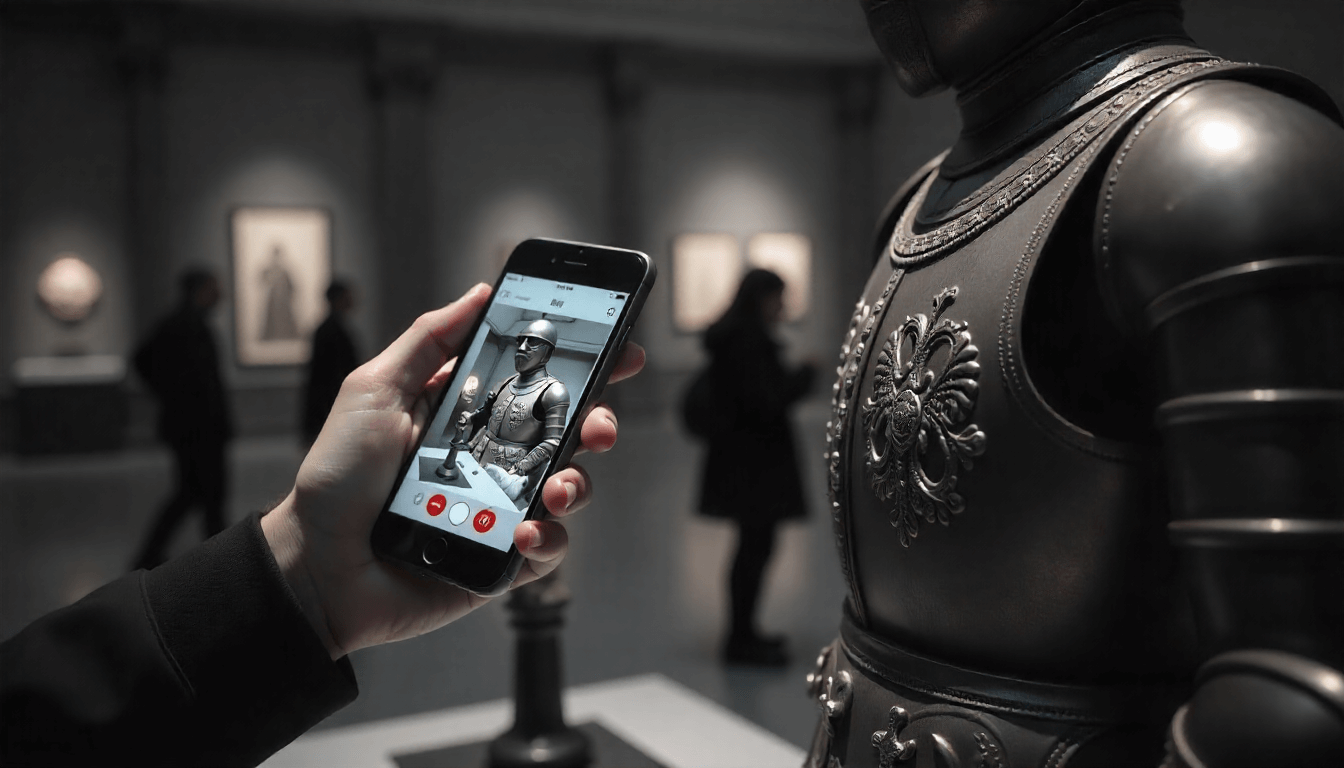 QR Code Adventures: Moscow’s New Interactive Attraction Features">
QR Code Adventures: Moscow’s New Interactive Attraction Features">

 Best Sunset Spots in Moscow for Photographers in 2025">
Best Sunset Spots in Moscow for Photographers in 2025">
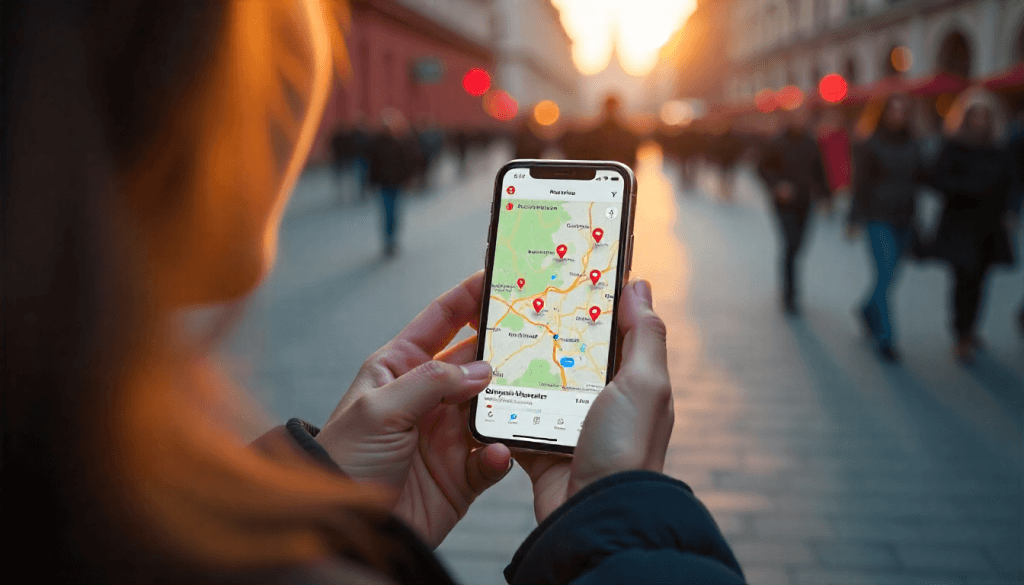 Moscow Pass App Mastery: Hidden Features Every Tourist Should Know">
Moscow Pass App Mastery: Hidden Features Every Tourist Should Know">
 Senior-Friendly Moscow: Comfortable Attractions for Mature Travelers">
Senior-Friendly Moscow: Comfortable Attractions for Mature Travelers">
 Language Barriers in Moscow: Essential Phrases and Communication Tips">
Language Barriers in Moscow: Essential Phrases and Communication Tips">
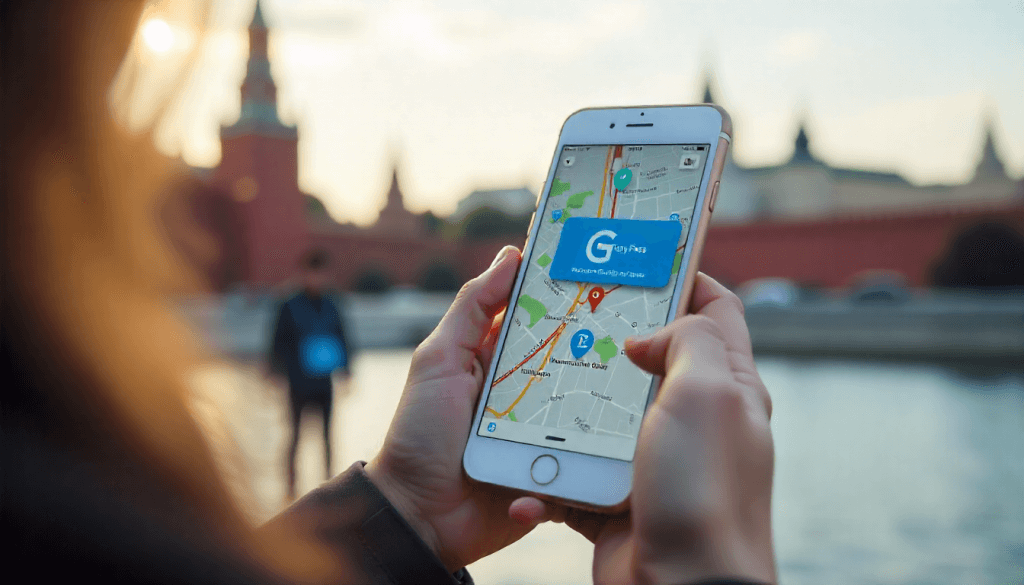 Moscow Pass Digital Features: Maximizing Your Tech-Enhanced Experience">
Moscow Pass Digital Features: Maximizing Your Tech-Enhanced Experience">
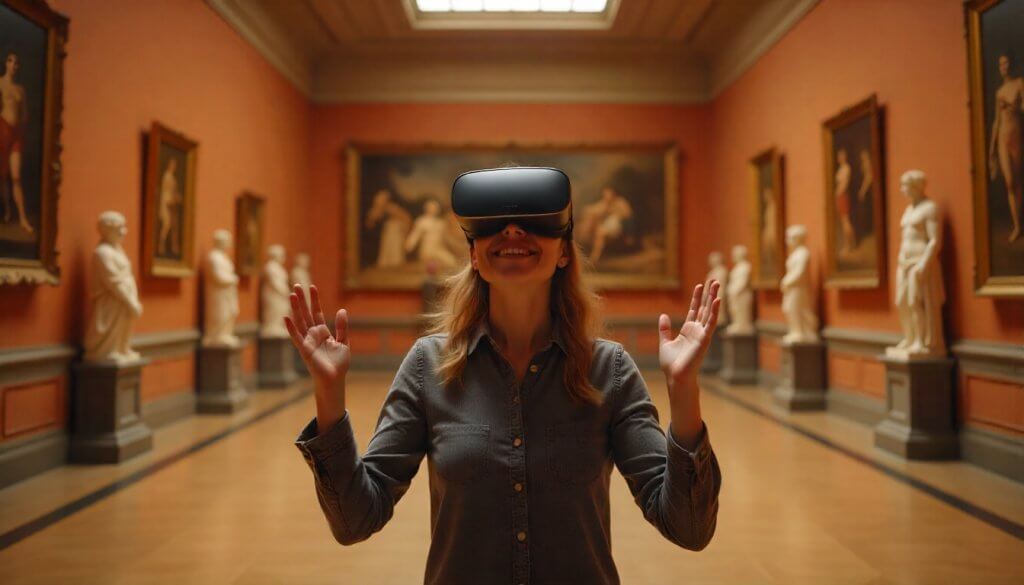 Virtual Reality Museums in Moscow: When Physical Meets Digital">
Virtual Reality Museums in Moscow: When Physical Meets Digital">
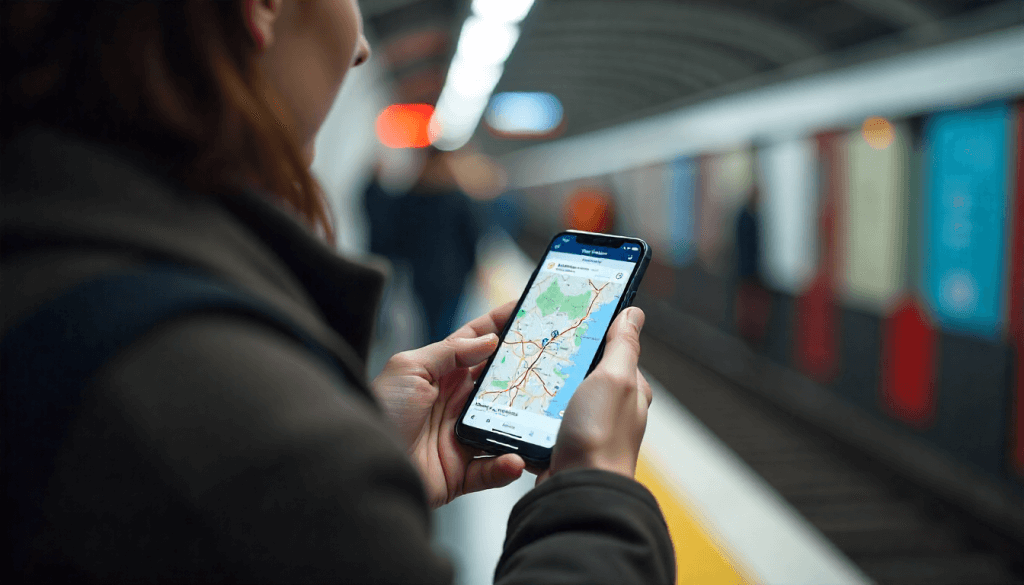 Smart Tourism in Moscow: Apps and Digital Tools for Modern Travelers">
Smart Tourism in Moscow: Apps and Digital Tools for Modern Travelers">
 Hidden Moscow: Off-the-Beaten-Path Locations Your Pass Unlocks in 2025">
Hidden Moscow: Off-the-Beaten-Path Locations Your Pass Unlocks in 2025">
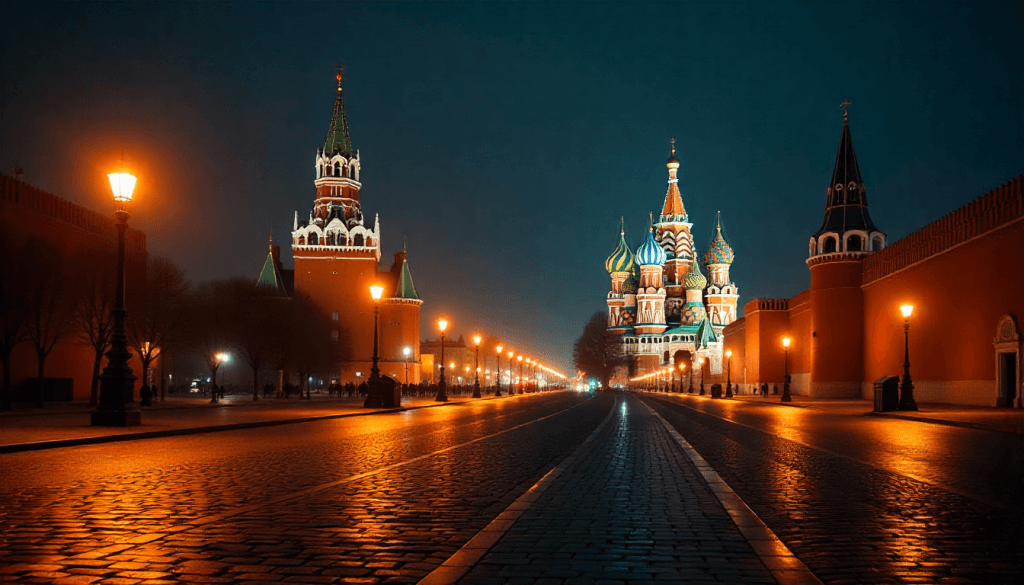 Moscow After Midnight: Late-Night Attractions and 24-Hour Experiences">
Moscow After Midnight: Late-Night Attractions and 24-Hour Experiences">
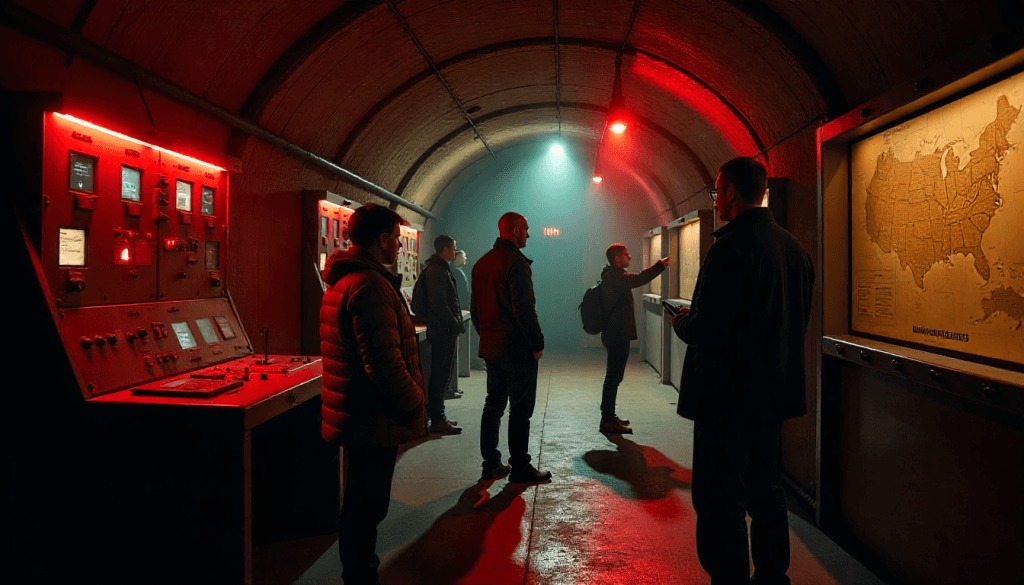 Industrial Tourism in Moscow: Factory Tours and Manufacturing Heritage">
Industrial Tourism in Moscow: Factory Tours and Manufacturing Heritage">